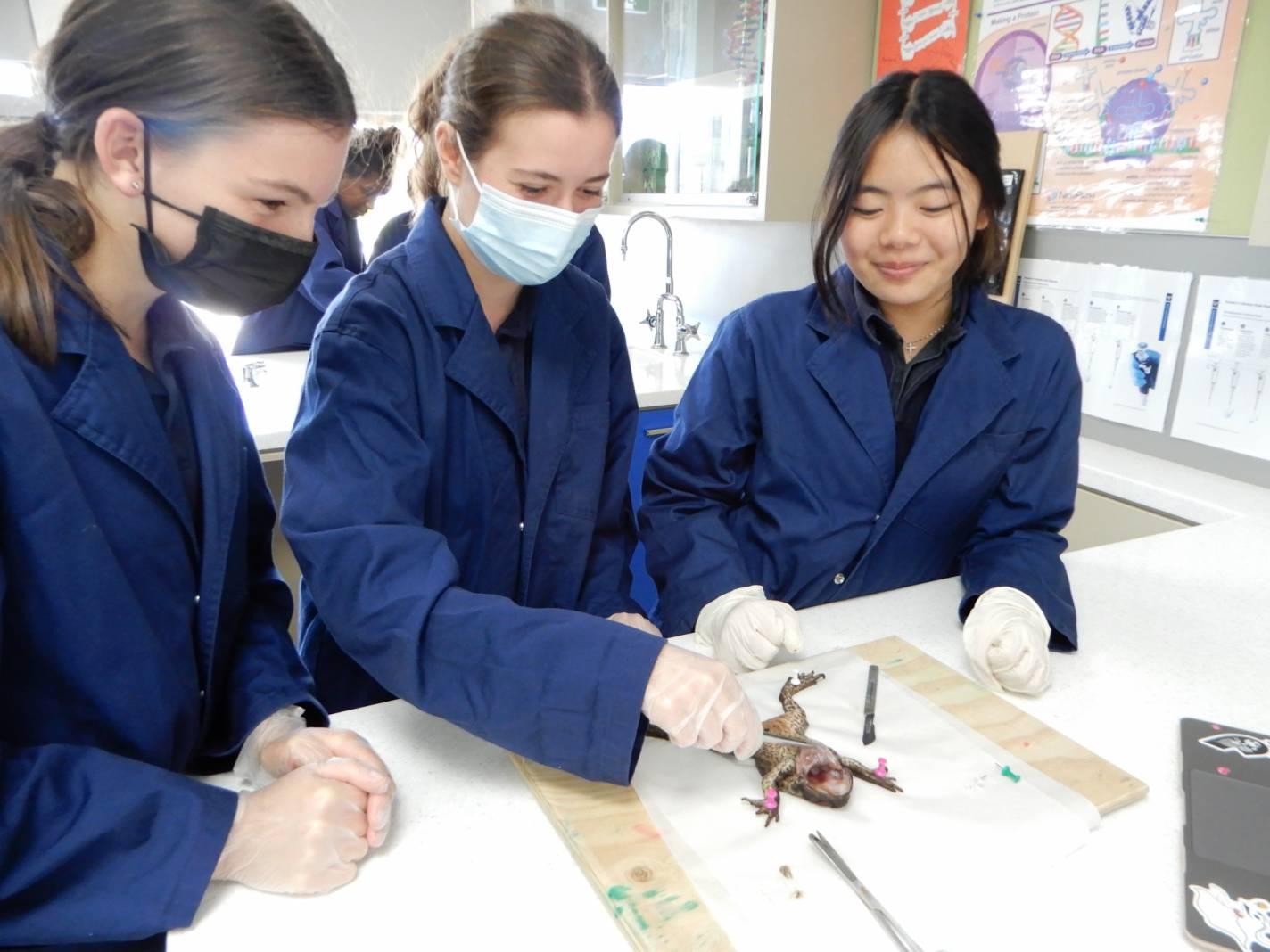Science at CRCCS
Year 9 STEM Aviation
Year 9 students have been introduced to the aviation theory exploring the differences in features of the Wright Flyer and Boeing 787 Dreamliner and understand the Bernoulli's Theory and the four forces that act upon flight. Over the last couple weeks, they had the opportunity to construct the laser cut plane. In their upcoming future lessons, students will have the opportunity to connect a laser cut plane to the CTG and move through the take-off, cruise and landing phase of flight.
Year 7 STEM
Year 7 STEM students throughout this term have been learning coding techniques to solve problems linked with planetary orbits and about the improvements in society because of the space race. They have been provided an opportunity to be able to predict how far a Sphero will travel based on the speed and time it travels for and develop a set of instructions to code a Sphero to roll in a square.
Year 9 Forensics Science
Year 9 Forensics Science students conducted a practical on Fingerprint analysis, students had to brainstorm why patterns are not enough information in linking a suspect to a crime. This led the students to identify details from their individual fingerprints and make a record of the patterns encountered on their individual fingerprints. Forensics Science students related their understanding of the specific types of patterns encountered with different cultural backgrounds.
Year 7 Science
Year 7 students throughout this term have successfully obtained their Bunsen Burner license! This was a very proud and exciting experience for them. Students exercised their first practical using a Bunsen Burner by investigating the temperature at which the liquid boils, known as the ‘boiling point.’ Well done on all Year 7 students!
Year 8 Science
Year 8 Biological Science students examined the structure and function of the heart. They were able to identify and label the structures of the heart, describe the movement of the blood through the heart and lungs.
Year 11 VCE Biology
Year 11 VCE Biology students are studying the complex multicellular organisms from cells to tissues to organs to systems. Students had the opportunity to dissect a frog to observe the makeup of the digestive system and compare it with humans. They were able to view the external and internal anatomy as well as identify the associated organs. The excretory and reproductive system was also explored, viewing the ureter which is a tube leading out of each kidney and eggs sacs in female frogs.













